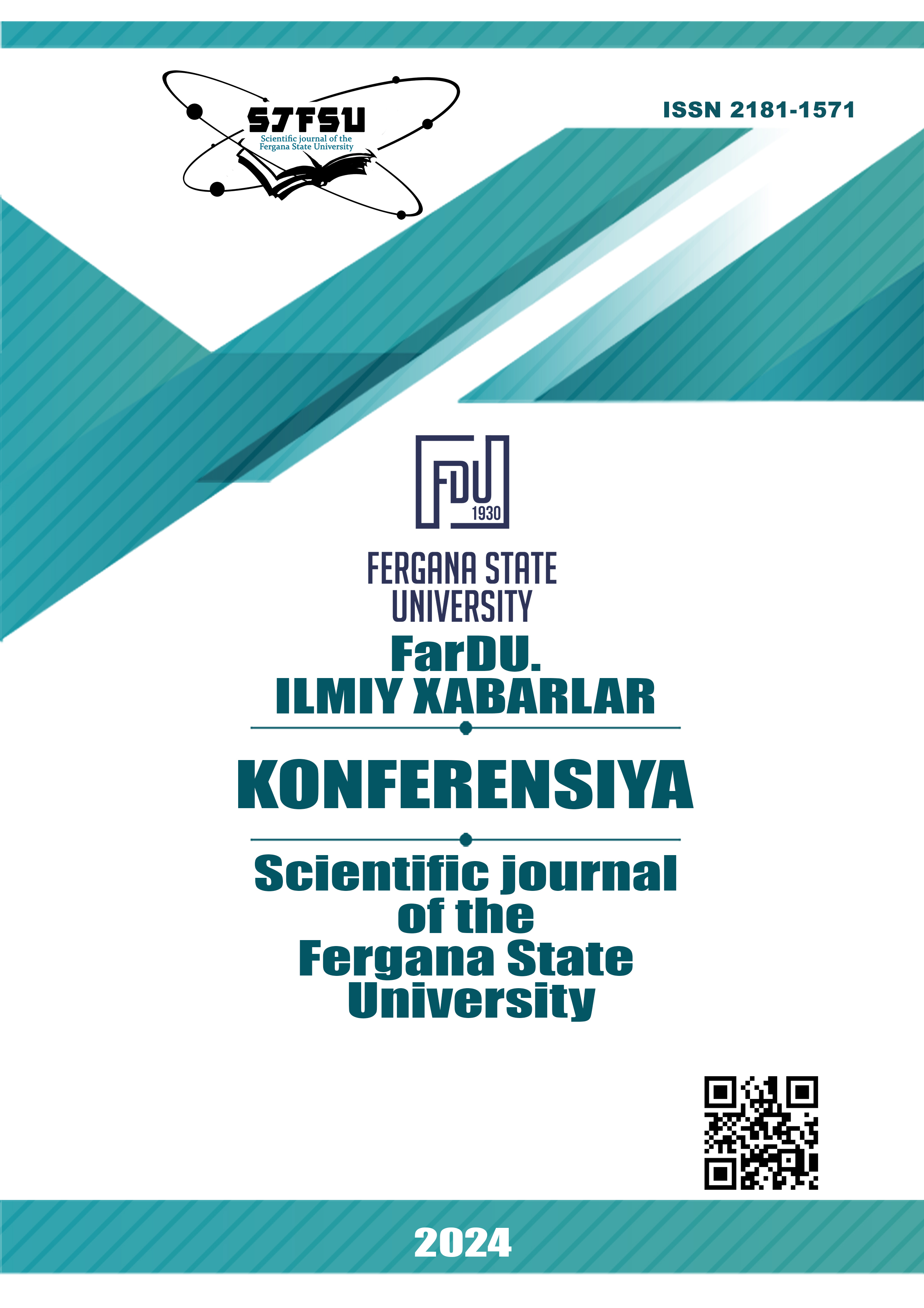MICROPLASTICS IN SOILS: A REVIEW OF ENVIRONMENTAL RISKS
Keywords:
microplastics, environmental risk, polymers, heavy metals, soil physicochemical properties.Abstract
High production rates, low plastic recycling levels, and the long lifespan of plastics have led to significant accumulation of the material in the environment. This includes plastic fragments <5 mm, commonly referred to as microplastics (MPs). Currently, the greatest focus is on studying polymer particles in aquatic environments, with significantly fewer studies dedicated to soil. However, the content of MPs in soil ecosystems can be 4-23 times higher than in seawater, with the most significant contamination occurring in agricultural and urban areas. Data suggests that MPs can significantly alter the physical and chemical properties of soil (pH, organic matter content, water-holding capacity, bulk density, etc.) and negatively impact reproduction, growth, nutritional characteristics, and survival of the entire spectrum of soil biota. This article examines the main consequences of introducing various MP polymers into the soil and outlines promising directions for future research.
References
De Souza Machado, A.A. et al. Impacts of Microplastics on the Soil Biophysical Environment // Environmental Science & Technology. 2018. V. 52.
Barnes, D. K. A. et al. Accumulation and fragmentation of plastic debris in global environments // Philos Trans R Soc Lond B Biol Sci. 2009. V. 364 (1526). P. 1985-1998.
Wang,W. et al. Microplastics pollution in inland freshwaters of China: A case study in urban surface waters of Wuhan, China // Sci Total Environ. 2017. V.575. P. 1369-1374.
Fuller, S.G., Gautam. A. A Procedure for Measuring Microplastics using Pressurized Fluid Extraction // Environmental Science and Technology. 2016. V. 50(11). P. 5774–5780.
Cao, L.et al. Occurrence, distribution and affecting factors of microplastics in agricultural soils along the lower reaches of Yangtze River, China // Science of The Total Environment. 2021. V. 794.
De Souza Machado, A.A. et al. Microplastics Can Change Soil Properties and Affect Plant Performance // Environ Sci Technol. 2019. V. 53(10). P. 6044-6052.
Yu, Y. al. Changes in soil microbial community structure and function following degradation in a temperate grassland // Journal of Plant Ecology. 2021. V. 14 (3). P. 384-397.
Rillig, M.C. et al. Microplastic effects on carbon cycling processes in soils // PLoS Biol. 2021. V.19 (3).
Li, Y. et al. Soil microbial community parameters affected by microplastics and other plastic residues // Front Microbiol. 2023. V.14.
Nizzetto, L., Langaas, S., Futter, M. Pollution: Do microplastics spill on to farm soils? // Nature. 2016. V. 537. P. 488-488.
Bük, F., Kaupenjohann, M. Global concentrations of microplastics in soils - A review //Soil. 2020. V.6 (2). P.649-662.
Iqbal, B. et al. Influence of soil microplastic contamination and cadmium toxicity on the growth, physiology, and root growth traits of Triticum aestivum L.// South African Journal of Botany. 2023. V. 160. P. 369-375.
Li, H.-X. et al. Effects of Toxic Leachate from Commercial Plastics on Larval Survival and Settlement of the Barnacle Amphibalanus amphitrite // Environ Sci Technol. 2016. V. 50. P. 924-931.
Brennecke et al. Microplastics as vector for heavy metal contamination from the marine environment // Estuarine, Coastal and Shelf Science. 2016. V.178. P. 189-195.
Downloads
Published
Issue
Section
License
Copyright (c) 2025 Scientific journal of the Fergana State University

This work is licensed under a Creative Commons Attribution-NonCommercial-NoDerivatives 4.0 International License.
Most read articles by the same author(s)
- Елизавета Походня , Евгений Абакумов , ECOTOXICOLOGICAL ASSESSMENT OF YUONTOLOVSKIY RESERVE SOILS , Scientific journal of the Fergana State University: 2024: KONFERENSIYA. "TUPROQ BIOGEOKIMYOSI – BIOSFERANING BARQAROR RIVOJLANISHI VA MUHOFAZASI" xalqaro ilmiy anjuman.

